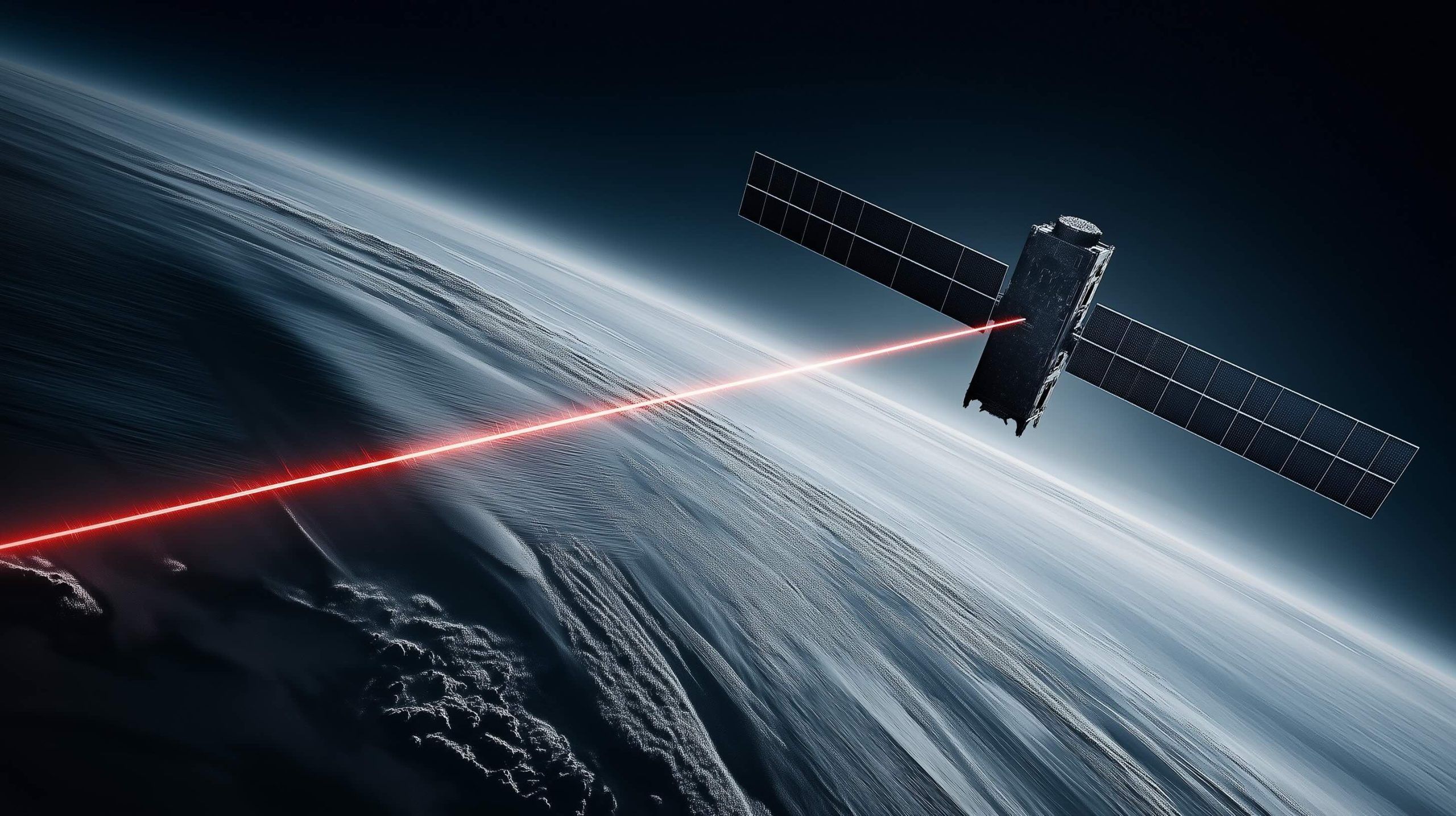
China’s AO-MDR Laser Link Delivers 1 Gbps from Geostationary Orbit
A 2-watt laser on a geostationary satellite delivered a 1 Gbps downlink to Earth from 36,000 km away. The AO-MDR system combines Adaptive Optics and Mode Diversity Reception to overcome atmospheric turbulence. The ground receiver used an 1.8-meter telescope with
